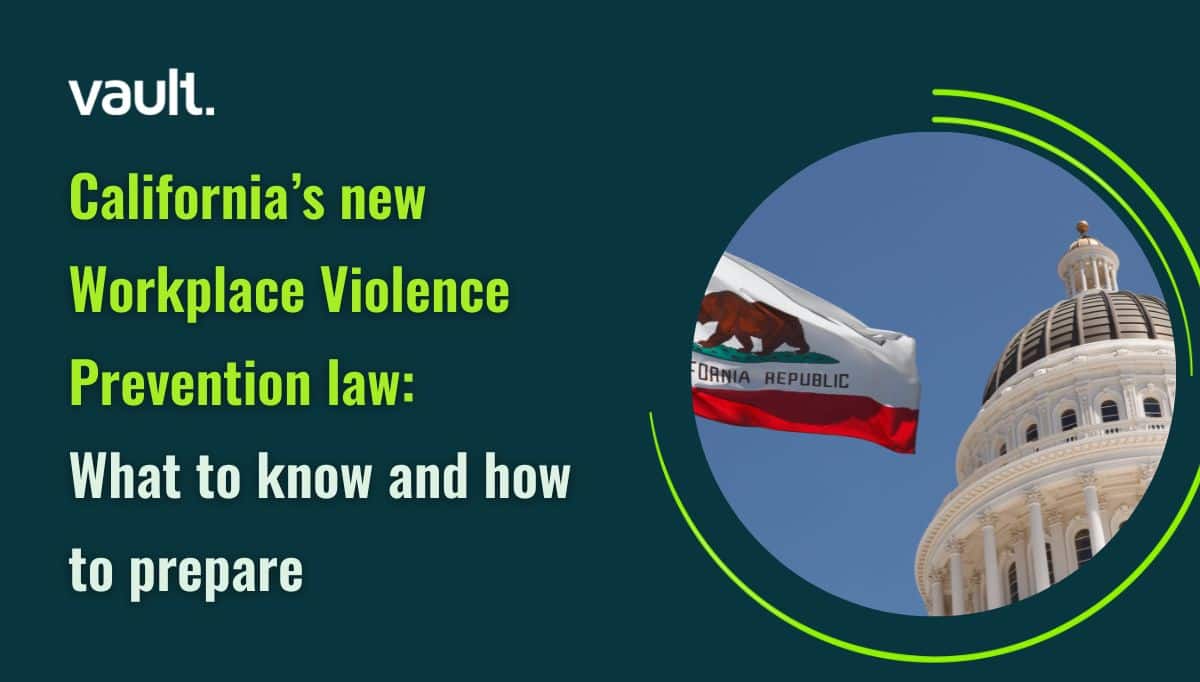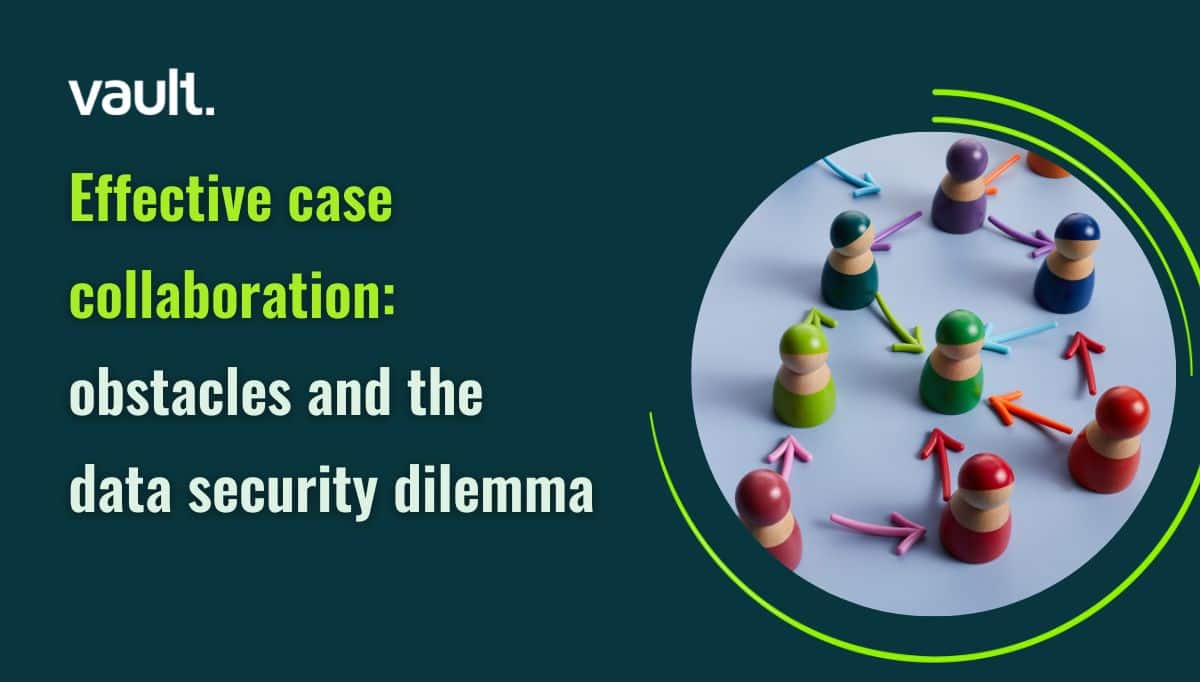[simple-author-box]
While #MeToo started in the headlines, the movement has evolved to become something employers and regulators can no longer ignore in workplaces.
Issues of sexual harassment at work, bullying at work, racism at work, and fraud are no longer tolerated by employees, stakeholders, and customers alike. This has been exposed by the now historic walk-out by Google employees in 2018 over retaliation for misconduct reporting; Uber’s $1.9m payout over sexual harassment claims; and the latest backlash against the advertising industry’s lack of progress when it comes to sexual harassment, bullying, and racism through the #timeTo campaign.
So what can you do to ensure your organization avoids becoming the next Google or Uber? First and foremost, it’s crucial to understand why legacy solutions do not work. The most common solution for misconduct reporting is an anonymous hotline and we’ve delved into the 5 top reasons these don’t work:
1. Your employees just don’t communicate that way
Witnessing or experiencing sexual harassment, bullying or racism at work is highly stressful and anxiety-provoking. In the aftermath, employees are at their most vulnerable. Now imagine having to explain the incident over the phone to a stranger working in a third-party call center. Not only are anonymous hotlines impersonal, they further isolate victims and send a broader message to the whole organization – voicing your concerns is something to do externally or stay quiet about. Over time this has lead to mass retaliation, escalated litigation and reputational damage.
2. Anonymous hotlines offer zero value
Anonymous hotlines have historically offered zero value to organizations and employees, so why are we still persisting with them? The pervasive headlines and stats showing that only 25% of workplace misconduct incidents are reported (US Equal Employment Opportunity Commission) shows us that the current solutions are just not working.
3. Be more human
Forward-looking organizations keen to attract and retain the best talent have to nurture their reputation. A mentally healthy work environment is ever more central to people’s choices of work. Providing a safe, open, and transparent way for employees to Speak Up is key in creating an approachable, human-focused organization people want to work in.
4. Technology offers other solutions
Technological innovation has introduced more efficient solutions to this problem. At Vault, we see technology as the most powerful tool to help organizations build and maintain healthy workplace culture.
5. Trust is worth the investment
Acknowledging that legacy solutions historically haven’t worked is the first step. Understanding that a robust solution to workplace misconduct and sexual harassment is no longer just a ‘nice to have’ but a critical component in creating a workplace that attracts and retains the best talent, where employees never feel the need to walk out, retaliate or seek external validation and support.
See how our solution works and take misconduct reporting in-house.



